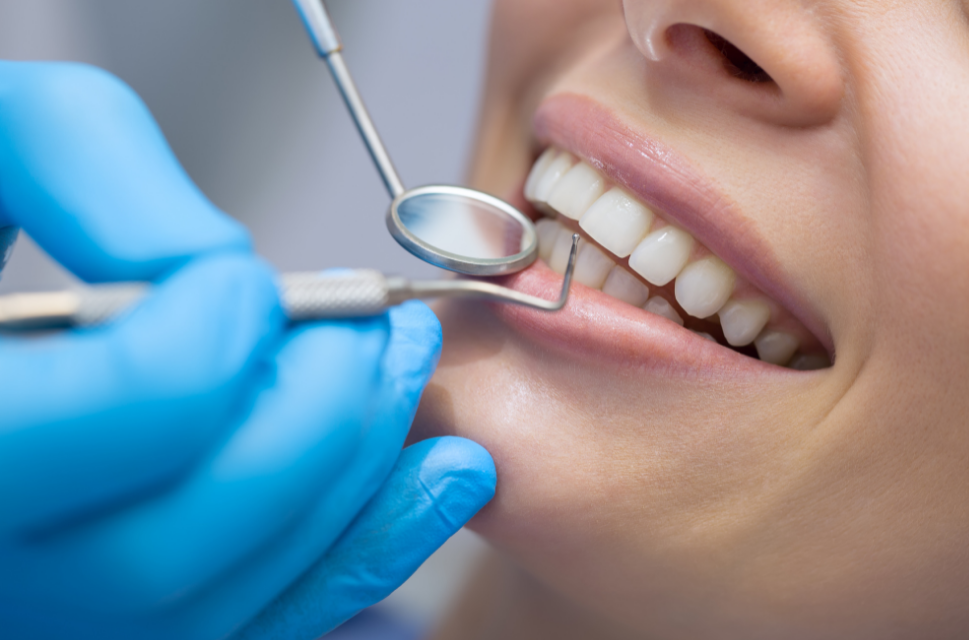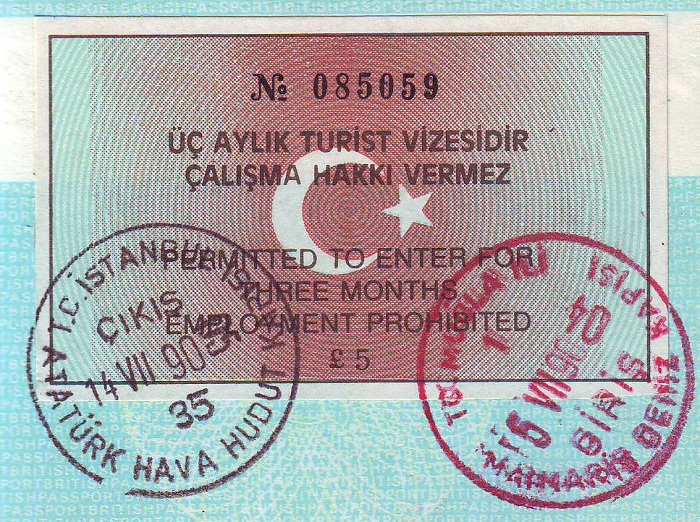Health
Dental Deep Cleaning: What You Should Know

There are a whopping 26% of adults between 20-64 walking around with untreated dental decay. The reality of a quarter of most adults’ teeth decaying is sad.
It is a preventable issue with a simple visit to the dentist. However, most are terrified at the thought of going to the dentist and run far away from routine annual cleaning.
This doesn’t even include the fear of a dental deep cleaning cost or other work needed with dental cleaning tools.
Knowledge is a strong tool for overcoming fears, especially dental fears. When was the last time you had your teeth deep cleaned? Are you aware of the benefits as well as the negatives of getting a dental deep cleaning?
Read on for everything you need to know about dental deep cleaning.
Why Do I Need It?
Deep dental cleaning is a way to stop gum disease and tooth loss. Unfortunately, gum disease doesn’t always present itself with pain or a visible symptom. So it’s important to know what to look for.
If you find you are struggling with constant bad breath that doesn’t go away, even if you brush your teeth a couple of times per day, you may need a dental deep cleaning.
Some other signs or symptoms consist of your permanent teeth separating and loosening and gums bleeding easily. Swollen and red gums or gums that have pulled away from your teeth are also strong signs.
How Is It Different From a Regular Cleaning?
It is essential to brush your teeth daily for maintenance and visit an oral hygienist to get a standard dental cleaning every six months. However, bacteria can invade your gumline, and that is where a deep clean comes into play.
A routine of cleaning at home and a visit every six months takes care of everything above the gum line. They are non-invasive but play a critical role in the health and wellness of your oral health.
A deep cleaning focuses on removing plaque, bacteria, and tartar below the gum line down to your teeth roots. This practice helps stop gum disease and the loss of teeth.
What Happens During a Deep Cleaning?
First, they numb your gums with a local anesthetic gel.
A periodontist then uses a hand-held dental scaler to scrape plaque from above and below the gum line gently. An ultrasonic tool with a vibrating metal tip is also an option. It uses water to wash tartar away.
They will rub your roots to smooth some rough spots, preventing bacteria from sticking to them later.
An antibiotic gel is sometimes applied directly to the gum line and teeth during the dental deep clean to kill some hard-to-reach germs.
An oral antibiotic or special antibiotic mouth rinse may be prescribed if the occasion doesn’t call for the antibiotic gel.
Pros and Cons
Using the dental deep cleaning method, you stop gum disease in its tracks, fight bad breath, and protect your teeth’ roots. As a result, you will keep your gums healthier and prevent your permanent teeth from falling out.
Typically, the dental deep cleaning cost is minimal for most dentist offices in the USA. Most insurances should cover it as well.
The downside to using this service includes a slight amount of pain and sensitivity in your gums until they have had some time to recover. It can also cause gum recession.
You do risk some infection after the procedure is complete. Therefore, it is best to keep your mouth as clean as possible by rinsing and cleaning often. Some nerve damage has been reported in the rarest of cases.
The good outweighs the bad, especially when you focus on your health and comfort.
Schedule Your Dental Deep Cleaning
Now that you have all the dental deep cleaning details don’t hesitate to make your appointment. Your teeth and overall health will thank you!
For more information on all your health needs, keep visiting our blog! We are constantly updating it with you in mind.




![[pii_email_4c910535350b5a41ee81] Error Code Resolved](https://wigily.com/wp-content/uploads/2020/09/pii_email_4c910535350b5a41ee81-Error-Code-Resolved.jpg)
